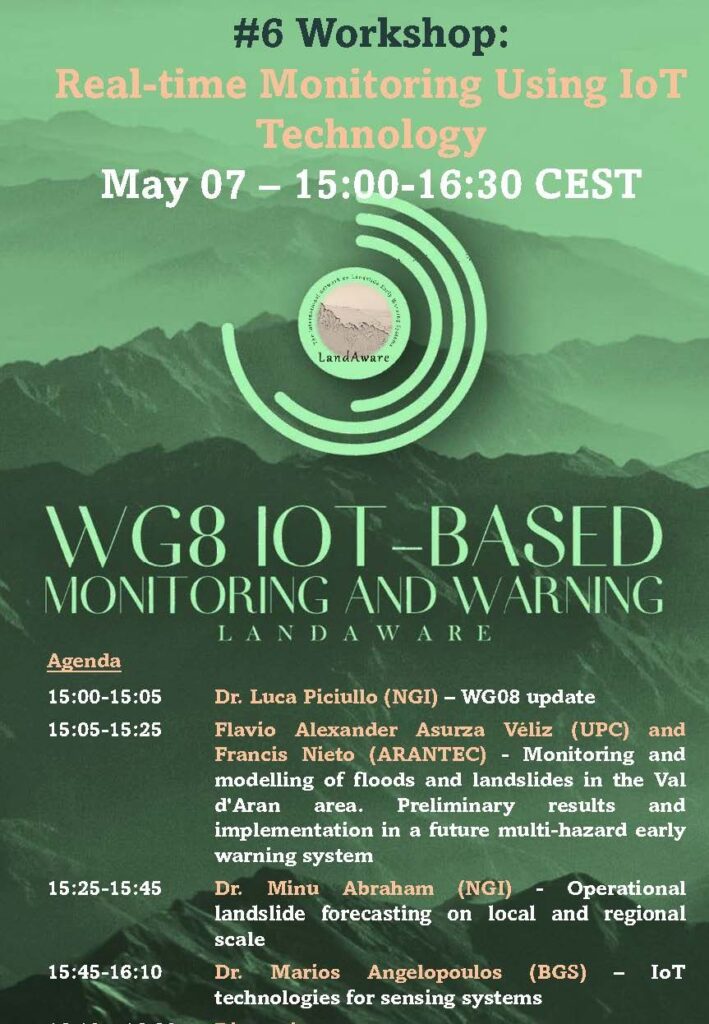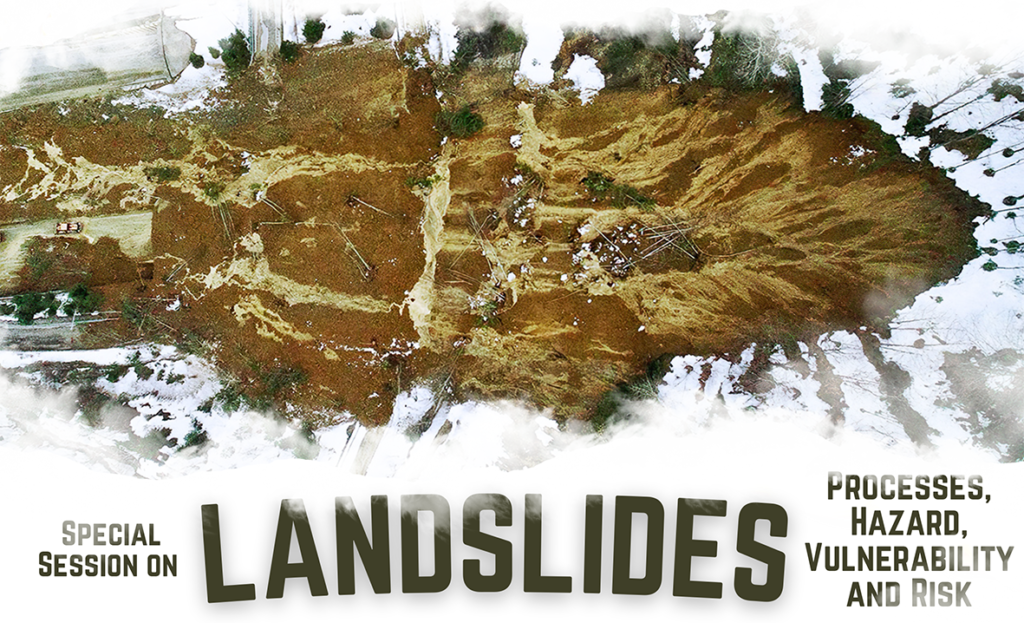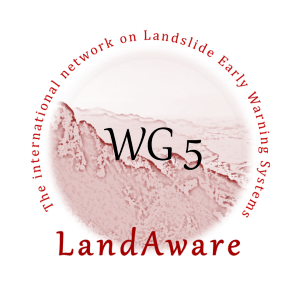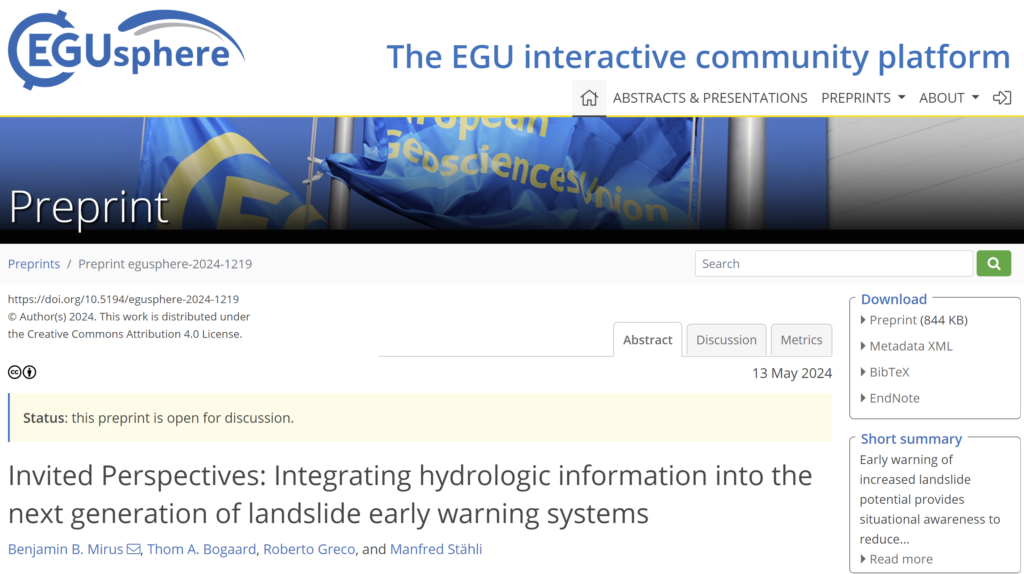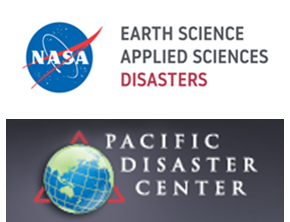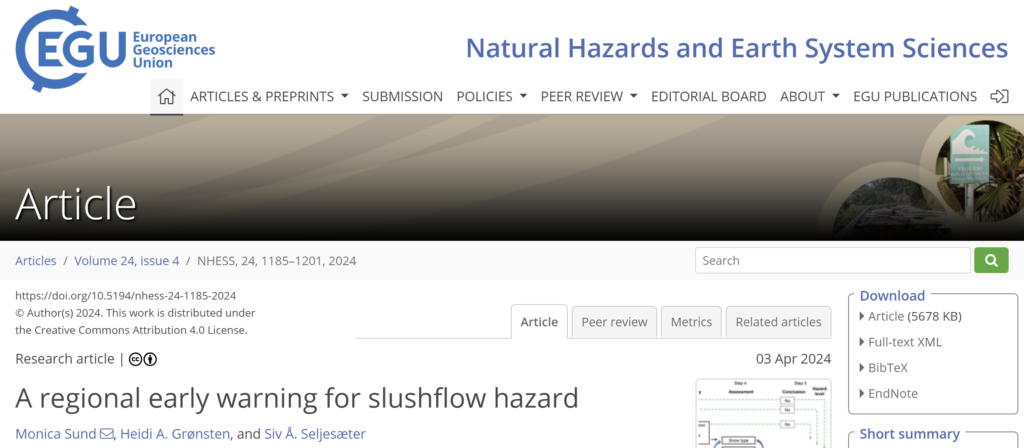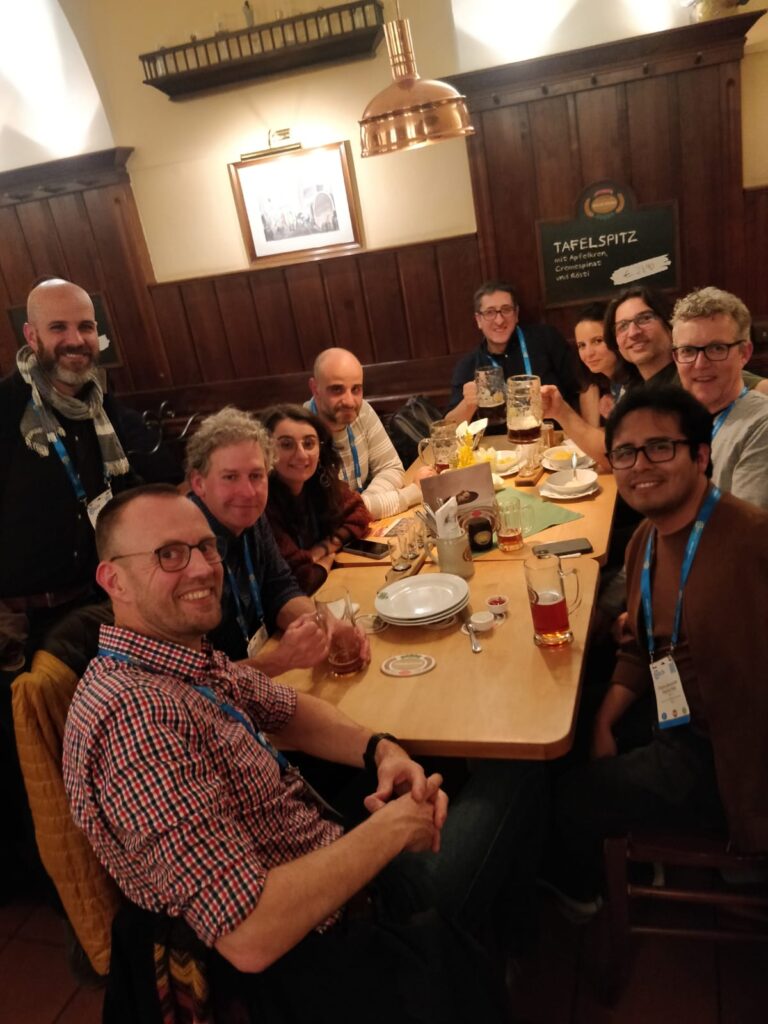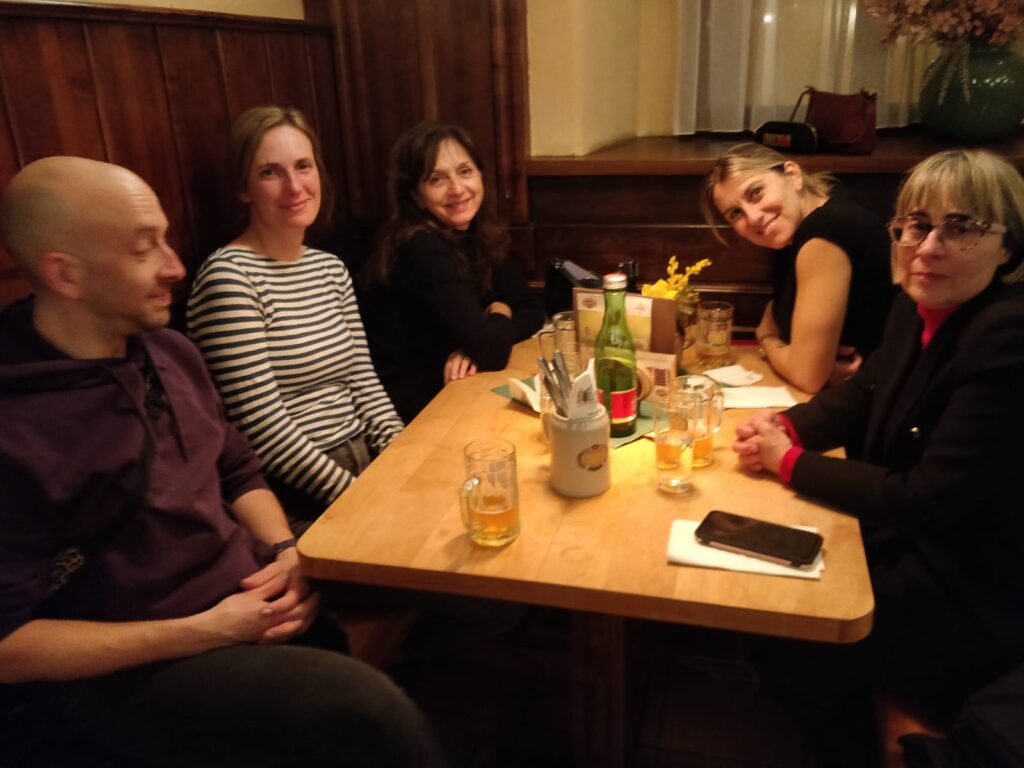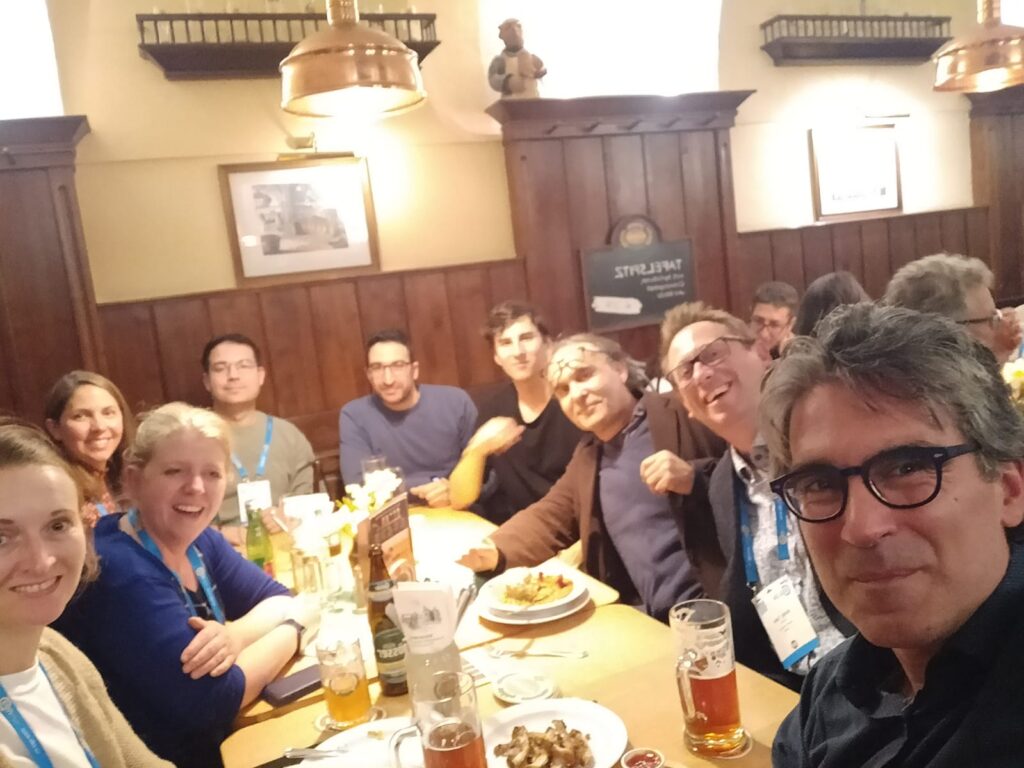NEWS received from
Ben Mirus (USGS, USA)
Dear colleagues (and apologies for any cross-posting),
We encourage you to submit an abstract to the technical session NH030: “Landslide Life Cycle: From Hazard Analysis to Risk Assessment” for the upcoming AGU Fall Meeting taking place 9-12 December 2024. This session has been running several years in a row and is the only broad session focusing specifically on landslides within the Natural Hazards section. We seek contributions that span the landslide life cycle, from understanding landslide hazards to communicating landslide science to reduce risk.
We have two invited speakers this year with unique and contrasting careers and perspectives on landslide hazards:
Professor Roy Sidle, University of Central Asia
and
Dr. Shelby Ahrendt, U.S. Geological Survey
This year’s meeting will be held both in-person in Washington, D.C., USA for those able to attend, and online with options for interactive participation. Please share this message with anyone that you might know that would be interested in submitting to this session. Session information follows, please note abstracts are due by 31 July 2024 at 23:59 Eastern U.S. Daylight Time (EDT).
Submit your abstract here.
We hope to see you there – either in person or online.
Warmest wishes,
Conveners
Ben Mirus (U.S. Geological Survey – Geologic Hazards Science Center)
Thom Bogaard (Delft University of Technology)
Luca Piciullo (Norwegian Geotechnical Institute)
Lisa Luna (U.S. Geological Survey – Geologic Hazards Science Center)
———————————
NH030: “Landslide Life Cycle: From Hazard Analysis to Risk Assessment”
Landslide events have adverse and global consequences for human health and safety, infrastructure, economic activity, and natural resources. These hazards can accompany storms, earthquakes, volcanic eruptions, and wildfires, and may shift with climate and land-use change. Landslides can also cause their own cascading consequences like tsunami or river dams. New technologies and enhanced data analysis approaches have accelerated landslide mapping, monitoring, modeling, and outreach efforts, enabling improved characterization and communication of landslide processes and their societal impacts. This session brings together contributions that span the landslide life cycle, from understanding landslide hazards to communicating landslide science to reduce risk. We welcome a wide range of contributions on topics such as characterizing, mapping, and modeling recent or historical landslide events; susceptibility and risk modeling and communication; studies of individual hillslopes or regional scale efforts; rock and soil characterization; quantifying seismic, hydroclimatic, or other triggering mechanisms; and ground-based and remote monitoring.

